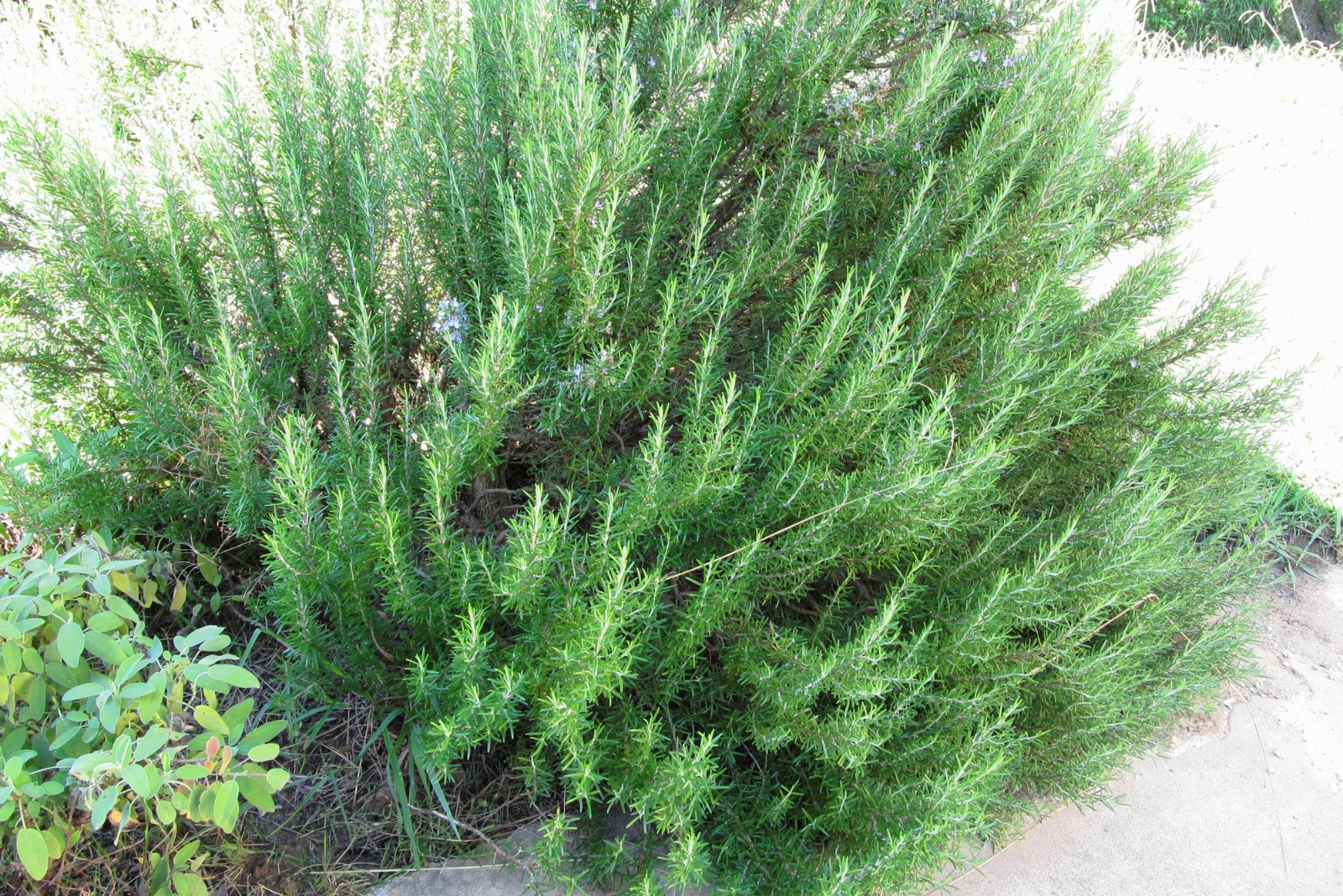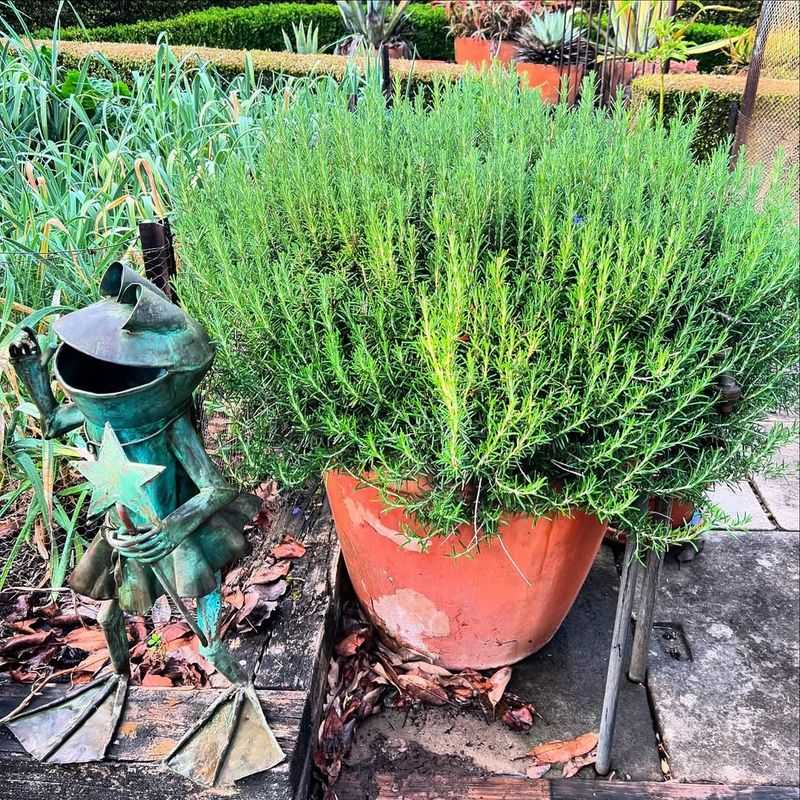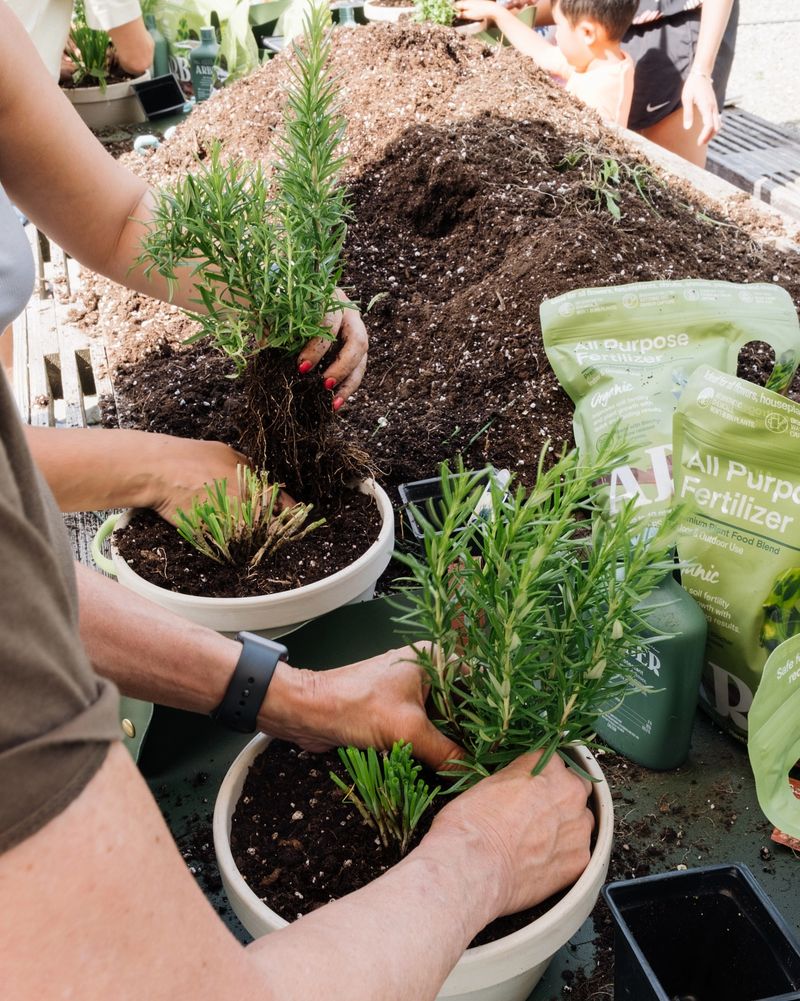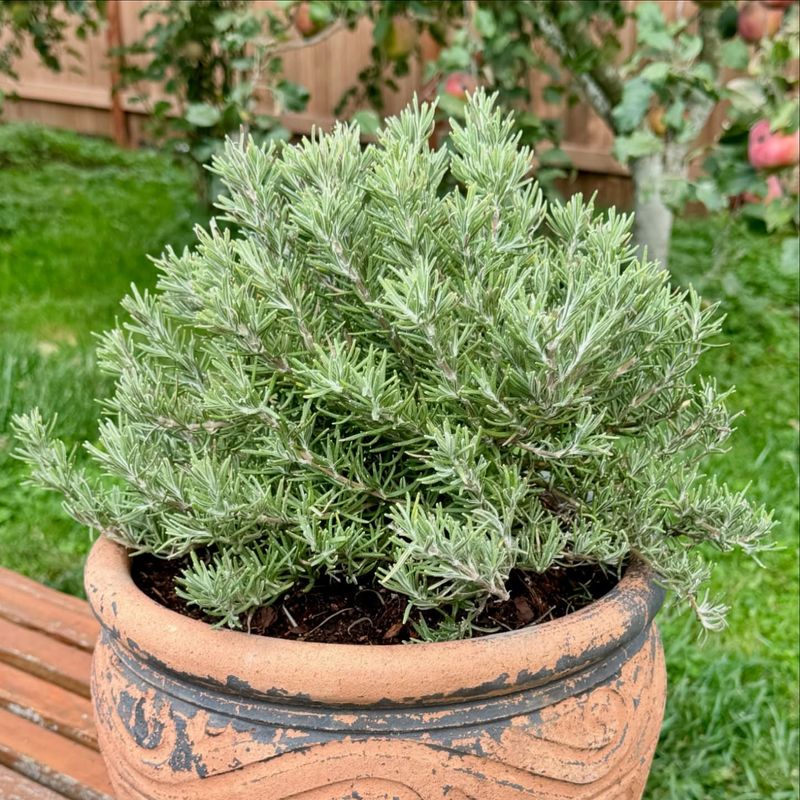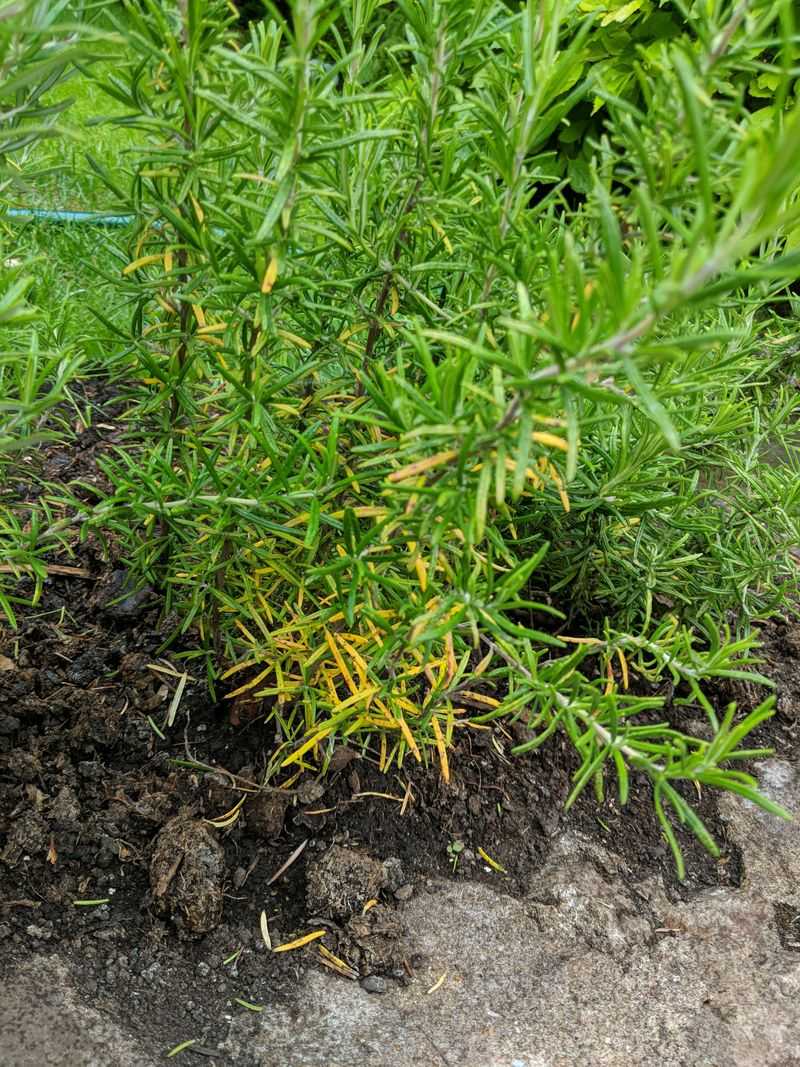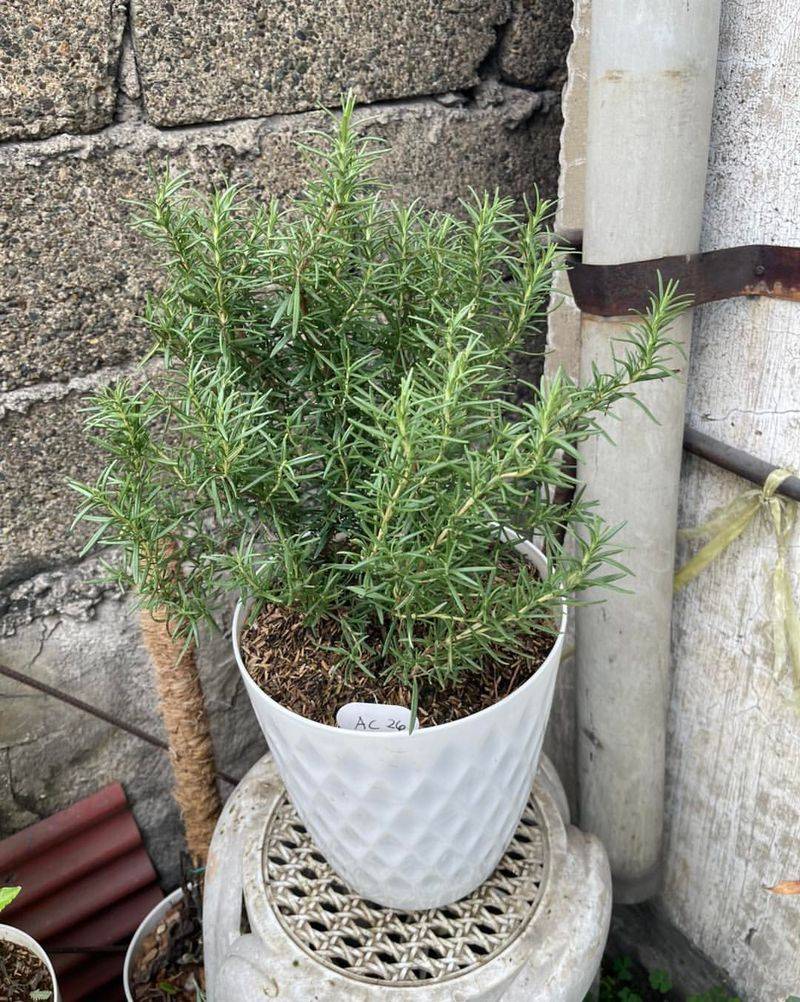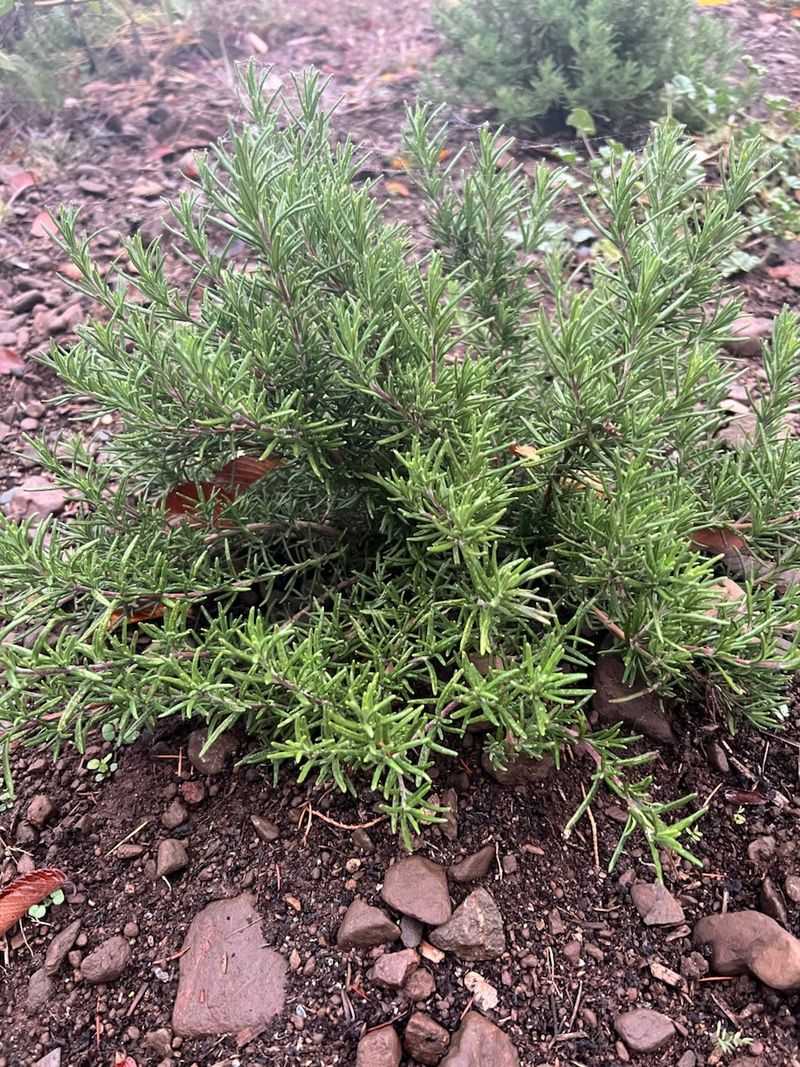Rosemary may handle California’s mild winters with ease, but its feeding needs change once cooler weather sets in. Overdoing fertilizer during fall and winter can stress the plant and dull its signature flavor.
The trick is knowing when to pause, when to feed lightly, and how to keep growth steady through the colder months. Understanding rosemary’s seasonal rhythm keeps it thriving year-round.
1. California’s Mild Winters Change The Game
Unlike colder regions where plants go completely dormant, California’s gentle winter climate keeps rosemary actively growing. Your plants don’t really take a full break, which means they still need some nutritional support.
Coastal areas stay especially mild, allowing rosemary to continue photosynthesis and root development. Even inland valleys rarely freeze hard enough to stop all plant activity completely.
This unique climate means your fertilization strategy should differ from what gardeners in snowy states do with their herbs.
2. Slow Down Your Feeding Schedule
Even though California rosemary stays somewhat active, growth definitely slows when daylight hours decrease. Feeding too heavily during this period can actually harm your plants rather than help them.
Cut back to fertilizing once every six to eight weeks instead of monthly applications. Your rosemary simply can’t absorb nutrients as quickly when it’s not in peak growing mode.
Think of it like eating a lighter meal before bedtime rather than a heavy dinner that’s hard to digest.
3. Choose Gentle, Balanced Formulas
Strong chemical fertilizers can shock rosemary during cooler months in California when plants are more sensitive. A balanced formula with equal nitrogen, phosphorus, and potassium works beautifully for steady support.
Look for organic options like fish emulsion or compost tea that release nutrients gradually. These gentler choices won’t overwhelm your plant’s slower metabolism during fall and winter.
Half-strength liquid fertilizers offer another smart approach, giving just enough nutrition without overdoing it when growth naturally slows down.
4. Watch for Signs Your Plant Actually Needs Food
Yellowing leaves or stunted new growth signal that your rosemary might be hungry, even in California winter. Pale needles that lose their deep green color indicate nitrogen deficiency.
However, if your plant looks perfectly healthy with vibrant foliage, it probably doesn’t need additional fertilizer right now. Sometimes the best action is no action at all.
Trust what your rosemary tells you through its appearance rather than following a rigid schedule that might not match its actual needs.
5. Soil Quality Matters More Than You Think
Well-amended soil packed with organic matter can carry your rosemary through winter without much extra fertilizer. Compost added in fall slowly releases nutrients as microorganisms break it down.
Clay-heavy or sandy soils might need supplemental feeding since they don’t hold nutrients as effectively. Testing your California soil helps you understand what’s already available to your plants.
Building healthy soil creates a natural fertilizer bank that feeds rosemary steadily, reducing how much bottled product you actually need.
6. Container Plants Need Different Care
Potted rosemary exhausts available nutrients faster than plants growing in the ground because containers hold limited soil volume. Frequent watering also washes nutrients away more quickly.
Continue light fertilization every four to six weeks for container plants, even during winter months in California. They rely completely on what you provide since they can’t access nutrients from surrounding earth.
Just remember to use diluted solutions and never fertilize bone-dry pots, which can burn sensitive roots when they’re already stressed.
7. Timing Your Last Fall Application Perfectly
Apply your final full-strength feeding in early October before temperatures consistently drop and daylight really shortens in California. This gives rosemary a nutritional boost to carry it through the quieter season.
After this application, switch to the reduced schedule and lighter formulas discussed earlier. You’re supporting the plant without pushing unnecessary growth when conditions aren’t ideal.
Come late February or early March, you can resume regular feeding as spring awakens and your rosemary kicks into active growth mode again.

